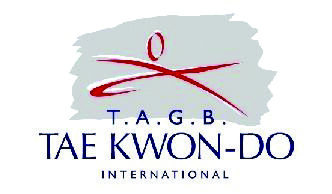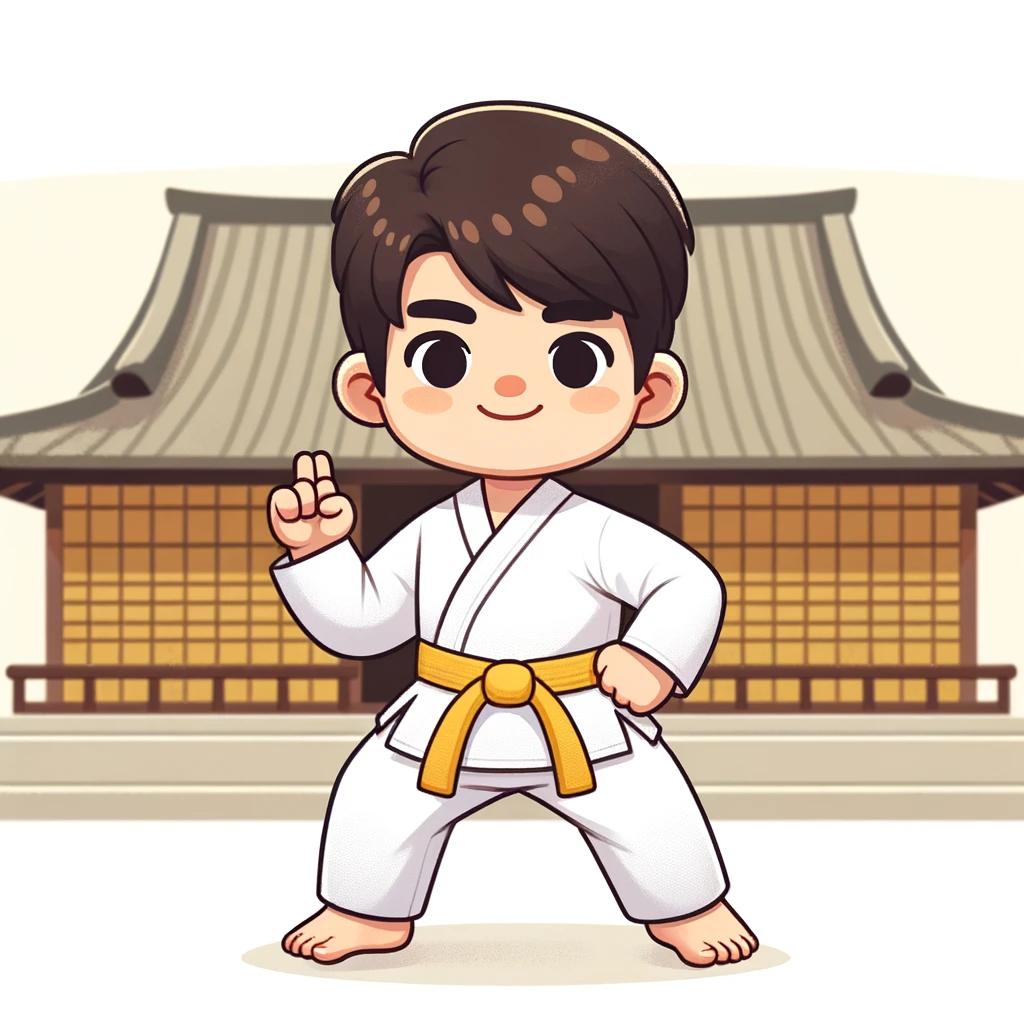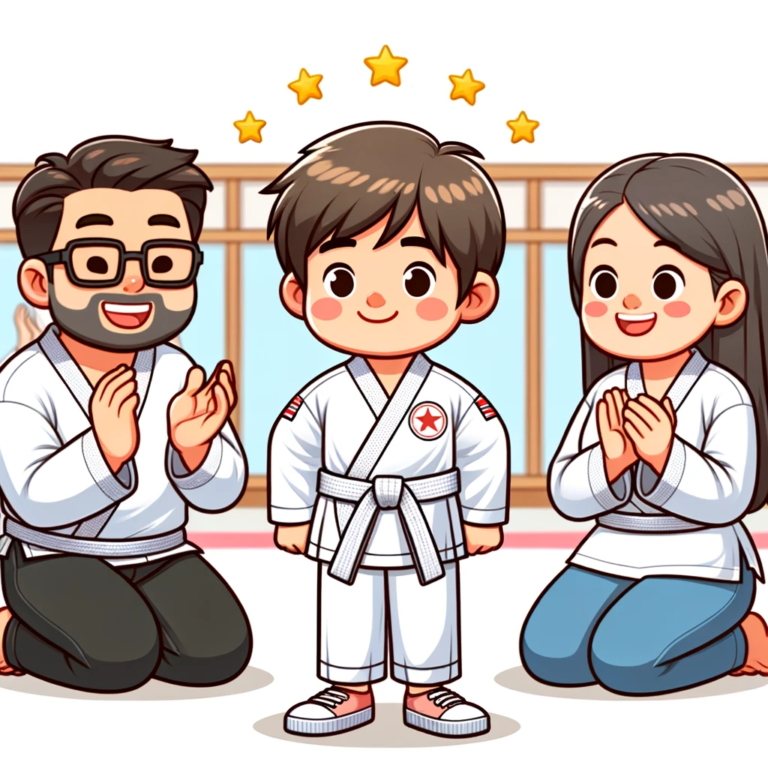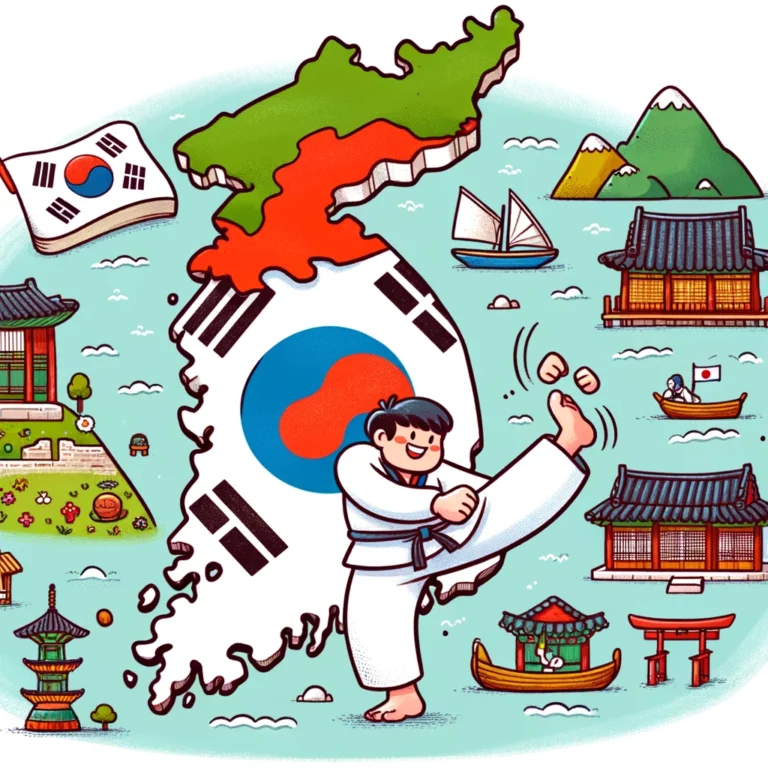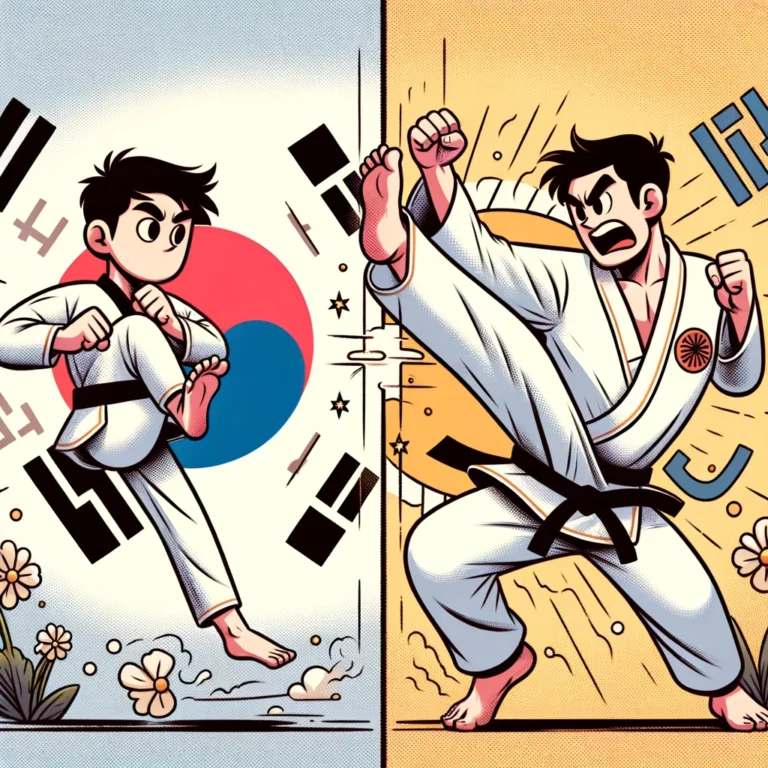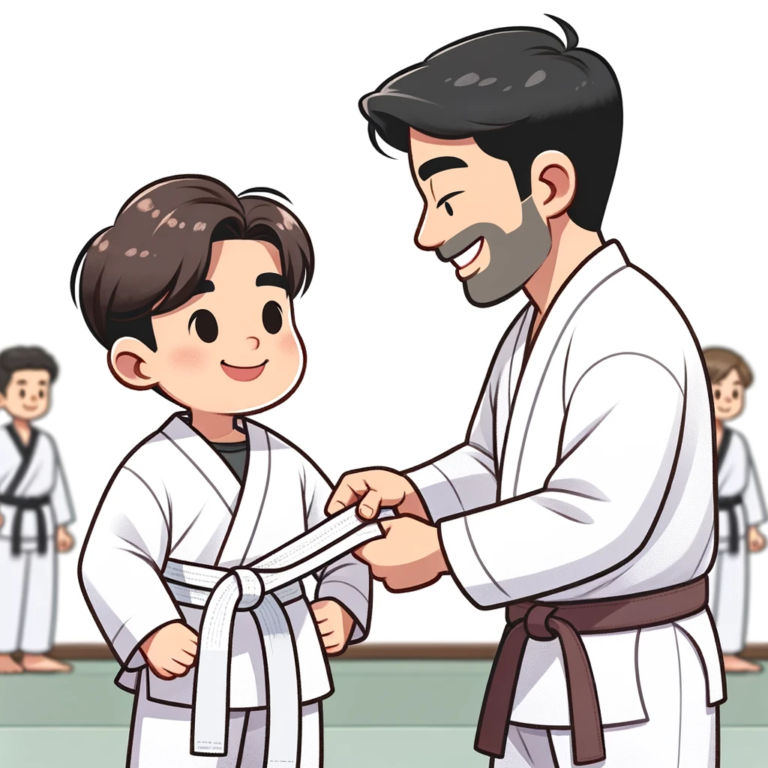The Origin of the Taekwondo Uniform
What is a Taekwondo Uniform Called?, It is commonly known as a Dobok and has a rich history rooted in the traditional martial arts of Korea. The origins of the dobok can be traced back to ancient times when warriors wore clothing specifically designed for combat. These early uniforms were typically made of durable materials such as hemp or silk, which allowed for ease of movement during training and combat. Over the centuries, as Taekwondo evolved into a more refined discipline, the dobok underwent several changes in design and function.
One of the critical elements of the taekwondo uniform is the white colour. The white dobok symbolises purity, humility, and the beginner’s mindset. It reflects the core principles of Taekwondo, which emphasise discipline, respect, and self-control. The use of white also promotes a sense of uniformity among practitioners, highlighting the equality and unity within the taekwondo community. Additionally, the white dobok allows a clear view of a practitioner’s body alignment and movements, making it easier for instructors to assess and correct techniques during training sessions.
As Taekwondo spread beyond Korea and gained recognition as an official Olympic sport, the design of the dobok underwent further modifications. Modern taekwondo uniforms are made of lightweight and breathable fabrics such as cotton or polyester, providing comfort and ease of movement during intense training sessions and competitions. The dobok consists of a loose-fitting jacket and pants tied together with a coloured belt that indicates the wearer’s rank in the martial art. The belt system, introduced in the mid-20th century, became an integral part of the taekwondo uniform, signifying a practitioner’s progress in mastering the techniques and principles of Taekwondo.
The history and design of the taekwondo uniform play a vital role in fostering the spirit and tradition of this ancient martial art. As Taekwondo continues to evolve and adapt to the modern world, the dobok remains a symbol of the discipline, respect, and dedication fundamental to the practice of Taekwondo.
• The dobok, or taekwondo uniform, has a rich history rooted in traditional Korean martial arts.
• Early uniforms were made of durable materials like hemp or silk for ease of movement during combat.
• The white dobok symbolizes purity, humility, and the beginner’s mindset in Taekwondo.
• White promotes uniformity among practitioners and allows instructors to assess body alignment and movements quickly.
• Modern taekwondo uniforms are made of lightweight and breathable fabrics like cotton or polyester.
• The dobok consists of a loose-fitting jacket and pants tied together with a coloured belt indicating rank.
• The belt system became integral to the taekwondo uniform in the mid-20th century.

The Significance of the Taekwondo Uniform in Martial Arts
In martial arts, uniforms are significant as they symbolize the discipline, respect, and tradition integral to the practice. The Taekwondo uniform, known as the dobok, is no exception. The dobok consists of a loose-fitting jacket and pants made of durable, lightweight fabric and is often accentuated with a coloured belt that represents a practitioner’s rank. This uniform serves as a visual representation of the commitment and dedication that Taekwondo practitioners bring to their training.
One of the key reasons why the Taekwondo uniform is significant is because it promotes a sense of equality and unity among practitioners. Regardless of age, gender, or social background, wearing the same uniform eliminates visible differences and creates a level playing field. This fosters a culture where individuals are judged solely based on their abilities and efforts rather than external factors. Additionally, the uniform serves as a reminder of the shared purpose and goals that unite practitioners, inspiring a sense of camaraderie and teamwork within the Taekwondo community.
Understanding the Design Elements of a Taekwondo Uniform
The design of a Taekwondo uniform incorporates several vital elements essential to its functionality and significance. One of these elements is the colour scheme. Traditionally, Taekwondo uniforms are white, symbolizing purity and the quest for perfection in both mind and body. However, in recent years, variations of coloured uniforms have emerged, often denoting different ranks or levels of expertise. These colours can range from yellow to black, with each belt colour representing a specific stage of training and mastery. Using colours not only adds vibrancy to the uniform but also helps visually identify the wearer’s level of skill and experience.
Another critical design element of a Taekwondo uniform is the style of the jacket and pants. The coat, known as a dobok, is typically V-necked with long sleeves, allowing for freedom of movement during training and sparring sessions. The pants, called baji, are wide-legged to facilitate high kicks and dynamic leg movements. The loose fit of the uniform permits unrestricted flexibility and agility while practising the various techniques and forms of Taekwondo. Additionally, the uniform is often adorned with patches or embroidery that signify the practitioner’s affiliation to a particular school or organization, further adding to the sense of identity and belonging within the Taekwondo community.
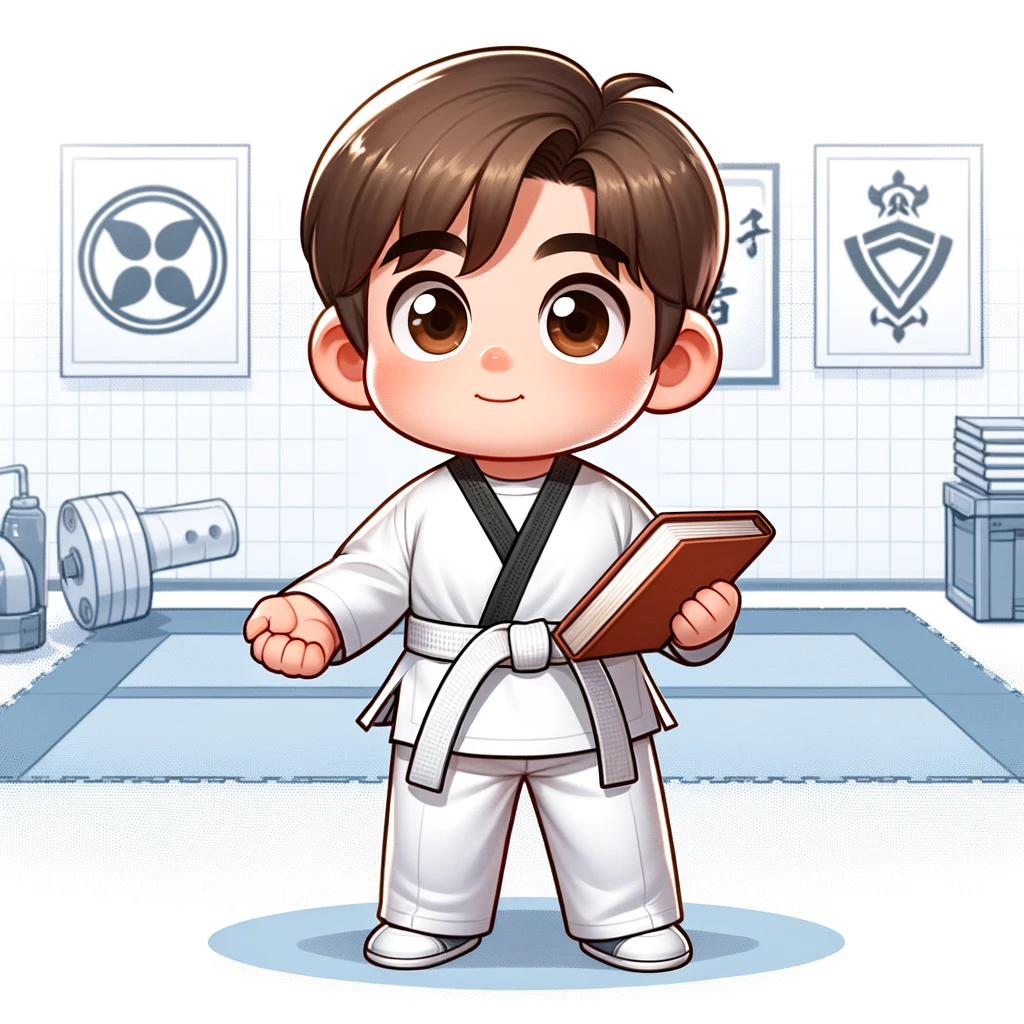
The Importance of Proper Fit and Sizing in Taekwondo Uniforms
Proper fit and sizing are crucial factors when it comes to Taekwondo uniforms. The right fit ensures comfort and ease of movement during training and competitions, allowing practitioners to focus on their techniques without feeling restricted or hindered by their attire. A well-fitting uniform also projects a sense of professionalism and discipline, reflecting the practitioner’s dedication and respect for the martial arts.
When it comes to Taekwondo, each movement requires precision and accuracy. Any unnecessary folds or excess fabric in the uniform can impede the execution of kicks, punches, and blocks, affecting the fluidity and effectiveness of the techniques. On the other hand, a uniform that is too tight may restrict the range of motion, making it challenging to execute high kicks or perform quick footwork. Therefore, finding the right balance in fit and sizing is essential to optimize performance and ensure the uniform functions as an extension of the practitioner’s body.
Different Styles and Variations of Taekwondo Uniforms
With its rich history and global reach, Taekwondo has evolved to have different styles and variations of uniforms. One of the most popular styles is the dobok, the traditional uniform worn by practitioners. The dobok typically consists of a loose-fitting jacket and pants, usually lightweight and breathable fabric. It is designed to allow for fluid movement and flexibility during training and competition. The dobok often features a V-neck collar and a wrap-around belt that signifies the wearer’s rank and level of proficiency in Taekwondo.
In addition to the dobok, variations of Taekwondo uniforms cater to specific needs and preferences. For example, some practitioners opt for a modern uniform with a zippered jacket and elastic waistband pants for a more secure fit. Others might wear a moisture-wicking uniform made of specialised fabric that helps regulate body temperature and keeps the wearer dry during intense training sessions. These variations enhance performance and allow practitioners to showcase their individuality and personal style within the confines of martial arts traditions.
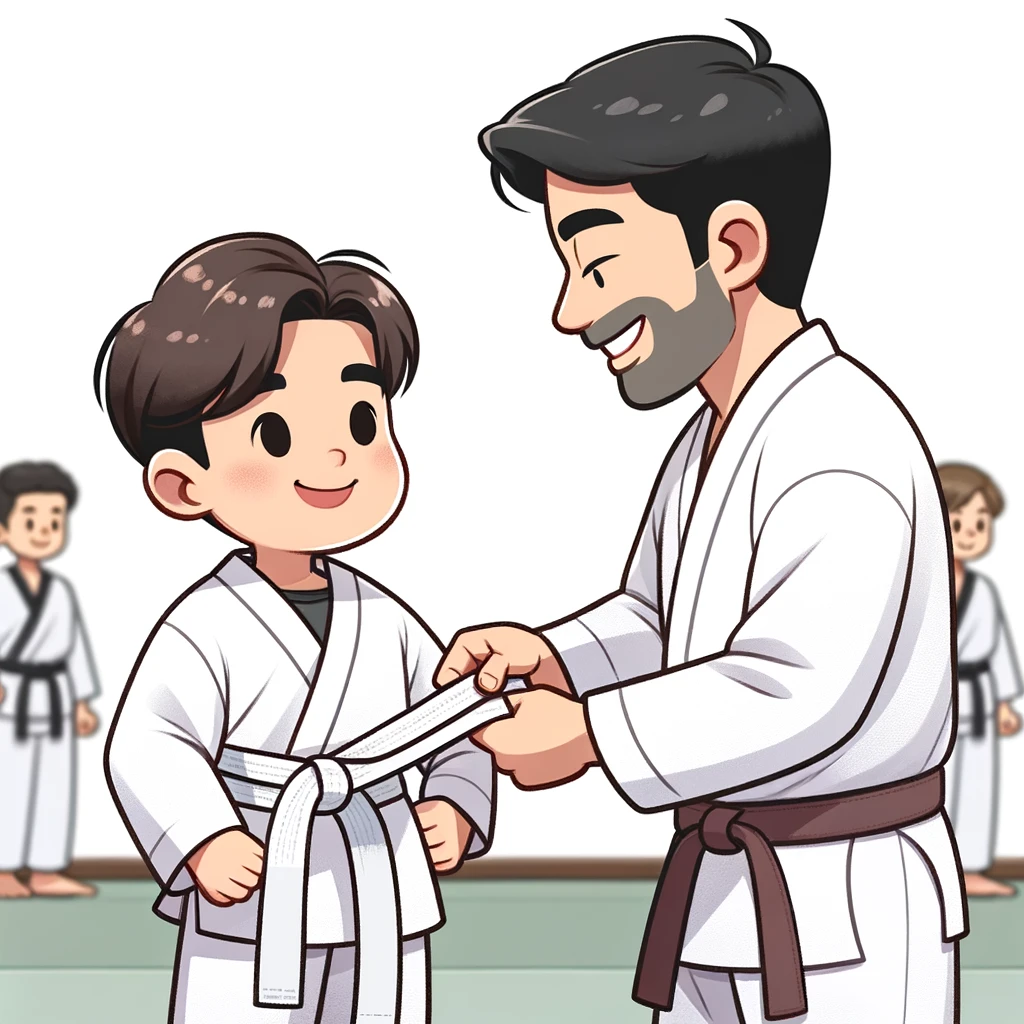
What is the origin of the Taekwondo uniform?
The Taekwondo uniform, known as a dobok, originated in Korea and was developed specifically for practising Taekwondo.
Why is the Taekwondo uniform significant in martial arts?
The Taekwondo uniform is significant in martial arts, representing discipline, respect, and unity among practitioners. It also helps to promote a sense of identity and professionalism within the martial arts community.
What are the design elements of a Taekwondo uniform?
A Taekwondo uniform typically includes a jacket, pants, and a belt. The coat is usually v-necked and may have a Korean flag patch or a Taekwondo association logo. The pants are loose-fitting and may have an elastic waistband or drawstring. The belt signifies the rank or level of the practitioner.
Why is proper fit and sizing important in Taekwondo uniforms?
Proper fit and sizing are essential in Taekwondo uniforms to ensure comfort and freedom of movement during training and competitions. Ill-fitting uniforms can restrict movement and hinder performance.
What are the different styles and variations of Taekwondo uniforms?
Taekwondo uniforms have various styles and variations, including traditional and modern designs. Traditional books may have a looser fit and thicker fabric, while modern ones may be more slim-fitting and lightweight. Some styles also incorporate unique features or patterns to distinguish themselves.
